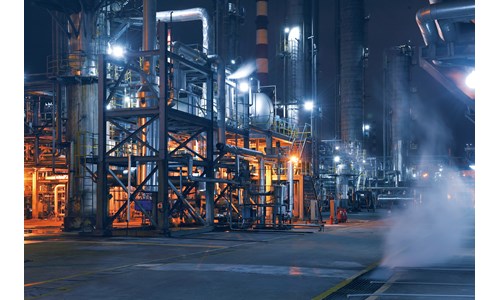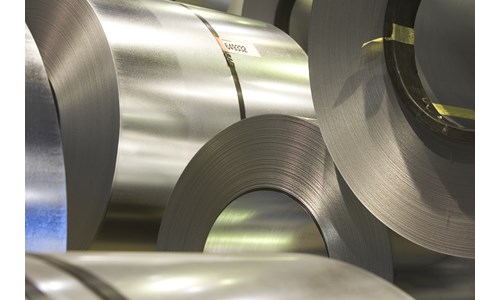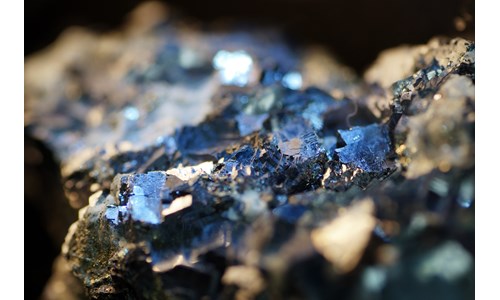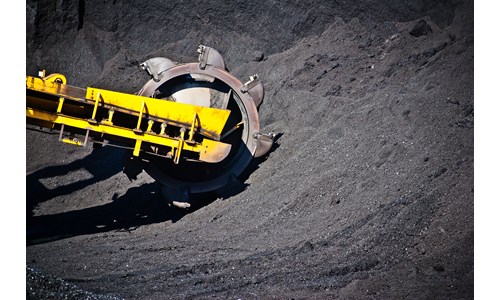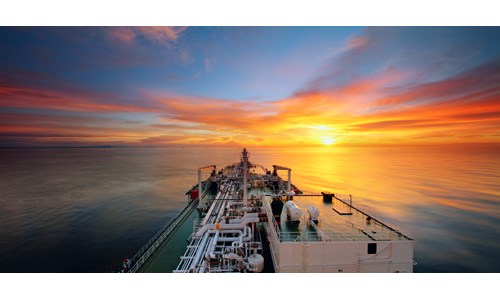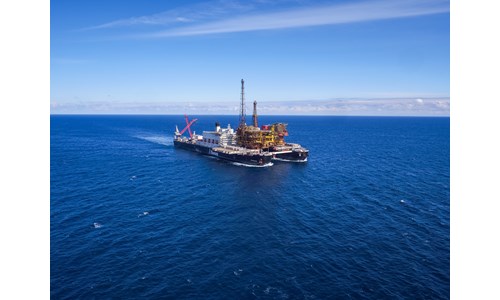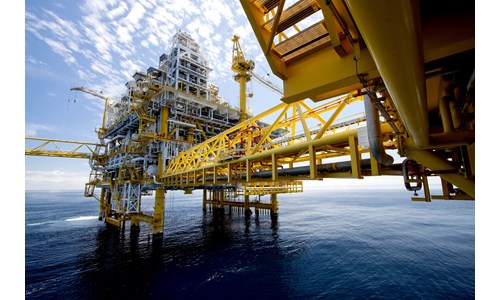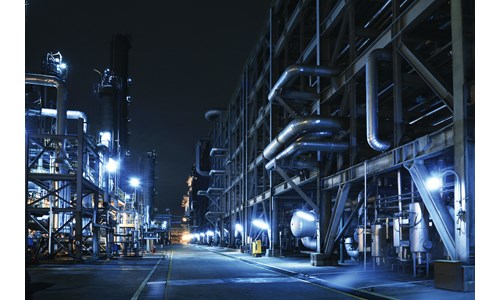Global steel long-term outlook Q1 2016
This report is currently unavailable
*Please note that this report only includes an Excel data file if this is indicated in "What's included" below
Report summary
Table of contents
-
China
- Summary
- Demand
- Chinese construction to stagnate, then decline
- Manufacturing sector –reforms will benefit long-term growth
- Trade
- Exports peaked in 2015 and will increase again in the long term
- Production and capacity
- Cutting capacity– a long way to go
- 3 more item(s)...
-
Japan
- Japan's construction demand to expand in 2016
- but manufacturing and destocking will offset growth
- Japan steel trade balance will deteriorate
- South Korea
- Taiwan
-
India
- Shattered hopes
- Conservative demand prospects
- Long-term growth prospects remain
- India remains a difficult place to bring on new steelmaking capacity
- Long-term outlook for steelmaking remains highly uncertain
- Malaysia
- Indonesia
- Thailand
- Vietnam
- Philippines
-
Europe
- EU construction growth will remain inconsistent
- EU automotive demand strong
- Europe production growth will be slow
- Capacity reductions are not enough to increase utilisation rates
-
Turkey
- Construction stock overhang weighs on steel demand
- Consumer goods will keep steel consumption growing
- Steel producers suffer from cheap competition
- 11 more item(s)...
Tables and charts
This report includes the following images and tables:
- Imports will continue to place pressure on crude steel production
- A weak krone and low oil price reduces steel demand in Norway
- Demand growth remains subdued
- Despite registering growth in 2015, 2016 is shaping up for a sharp decline in crude steel production
- Key China forecast data
- Key plans in the next five years
- Chinese regional railway plans – more than 36,000 km of regional railways will be built by 2020
- Steel demand in the construction sector
- Steel demand in manufacturing-related sectors
- Steel exports are expected to reach ~120 million tonnes in the long term
- 34 more item(s)...
What's included
This report contains:
Other reports you may be interested in
Breaking down the surge in US LNG capital costs and impact of tariffs
Tariffs could raise US LNG construction costs by 5%, compounding inflation and squeezing project returns across pre-FID developments
$1,050Global zinc and lead mine cost summary
This global cost summary report examines production and cost trends in the zinc and lead mining industry.
$6,750CMRG's role in the iron ore market
Examining the stabilisation efforts and market impact
$1,050





